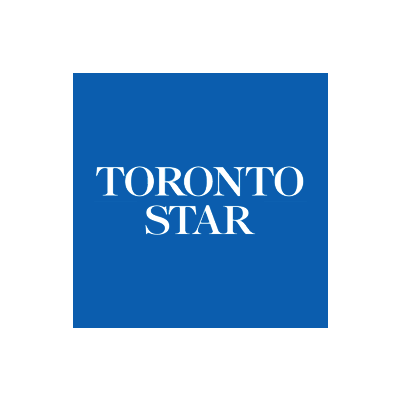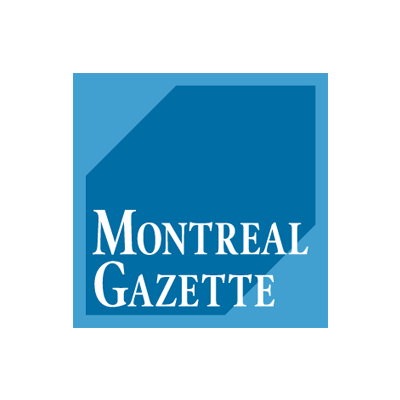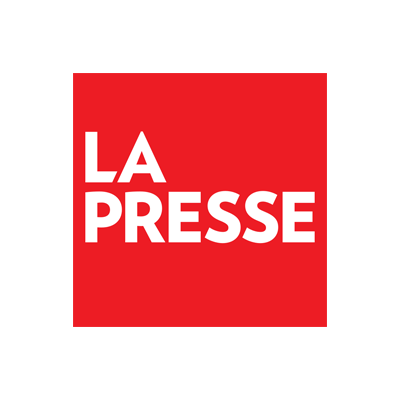Recurrent Shoulder Dislocation
Shoulder pain can be disabling and make even the simplest tasks, such as getting dressed or reaching for an object, difficult. The most common symptoms are recurrent instability. It occurs when the joint becomes loose or dislocated, leading to pain, weakness, and limited mobility.
The dislocated shoulder occurs when the joint capsule, ligaments, or labrum rupture or detach from the bone. This causes instability in the shoulder joint. After having the first-time dislocation, it happened repeatedly. So, the condition is called recurrent shoulder dislocation, and it is considered as a common complication.
What are the types of shoulder dislocation?
There are two types of dislocation in patients: posterior dislocation and anterior dislocation, which occurs in the majority of cases. If other part of dislocation and chronic instability appear following this trauma, it is a recurrent dislocation.
What are the risk factors?
Shoulder dislocation affects several bones: the upper arm bone (humerus), the shoulder blade (scapula) and the collar bone (clavicle).
Shoulder injuries or trauma, due to collision sports or heavy lifting, carries the risk of dislocation of the mobile joint. Whenever the dislocation injury occurs again, there is a risk of recurrence. That’s because the damage will be worsened, and the shoulder will progressively deteriorate over time. Recurrent dislocations are a precursor to future osteoarthritis and may lead to surgery.
Symptoms in the soft tissue structures may also occur (ligament tears, for example). They can cause pain during movements as well as shoulder muscle spasms, which is unpleasant if you practice contact sports activities.
What are the nonsurgical treatments?
In many cases, shoulder instability can be treated with non-surgical options, such as physical therapy, rest, and medication. There are several nonsurgical treatment options:
- Physiotherapy is the preferred treatment for the first dislocation.
- Physiotherapy exercises is a choice of treatment for multidirectional dislocations in patients that have greater than normal ligament laxity.
What are the surgical interventions?
The goal of the surgical procedure is to prevent future dislocations that cause a deterioration and loss of function of the shoulder. There are three possible scenarios:
- If the ligament is torn or if the labrum is too loose, an experienced shoulder surgeon will advise you arthroscopic repair, which involves repairing or reinserting the capsulolabral complex. Capsular plication is sometimes also necessary (Bankart repair with or without capsular plication). It is a type of surgery that helps patients get relief from severe pain.
- If there is a large avulsed shoulder bone fragment, open surgery with a bone transfer may be required (Latarjet procedure).
If there is extensive damage to the postlateral head of the humerus (called Hill-Sachs lesions), a remplissage procedure is performed in addition to the standard one. This involves attaching the rotator cuff tendon to the lesion.
About the procedure
- Outpatient arthroscopic procedure (very small incisions using very small surgical instruments)
- Length of procedure: 45 to 90 minutes
- Regional anesthesia (the entire arm and shoulder are blocked) by an anaesthesiologist. The patient remains conscious during the procedure.
- If the patient would like to be sedated, a mild, short-acting sedative can be administered.
Post-surgical recovery
Patients may be escorted home approximately one hour after their procedure. Numbness in the shoulder wears off after approximately 6 to 18 hours. Patients must take pain medication (anti-inflammatory medication) during the first few days after surgery. A post-operative follow-up is required two weeks after the procedure to remove the patient’s stitches, and see how the patient is managing the postoperative pain.
About recovery
- A splint (provided during surgery) immobilizes the arm and shoulder for three weeks.
- Physiotherapy is critical three to four weeks after surgery in order to regain maximum physical capacity and avoid frozen shoulder.
- Non-physical activities may be resumed the next day if pain levels permit.
- Patients can resume non-strenuous daily activities during the first week (cooking, driving, writing, typing, school).
- Physical activity may be resumed gradually (varies from one patient to the next).
- Full recovery usually takes between five and six months after surgery.
- Success rate: 85% to 95%
Place your shoulder dislocation surgery in the hands of an expert
A dislocated shoulder obviously may impact your quality of life. Don’t wait for a painful event! Get medical advice and successful reduction of pain with Dr. Beauchamp and his care team. At our clinic, we commit to outlining proper treatment options to meet your specific condition. Getting you back to normal activities without discomfort is our elbow doctors’ mission.
Dr. Marc Beauchamp is a renowned orthopaedic surgeon and expert in elbow and shoulder pain. According to the reviews, he is rated as one of the tops 3 surgeons in Montreal. Make an appointment at his surgery clinic to regain shoulder stability!
Ease your pain fast
Dr. Marc Beauchamp: the doctor for shoulder and elbow pain





